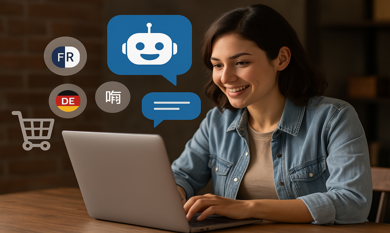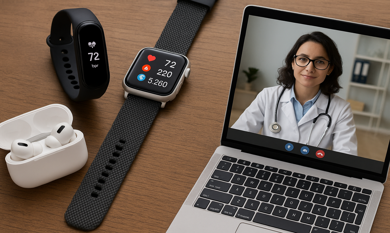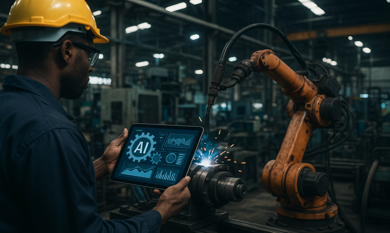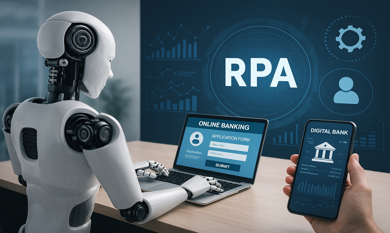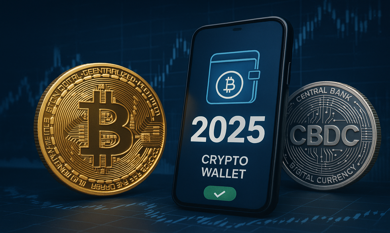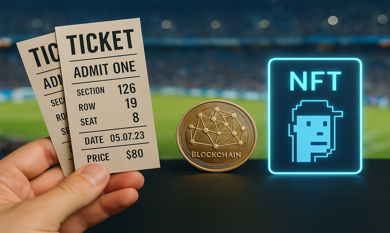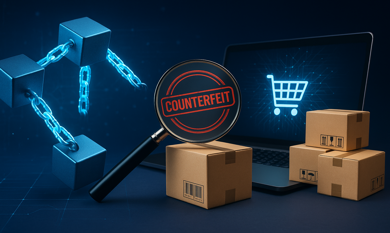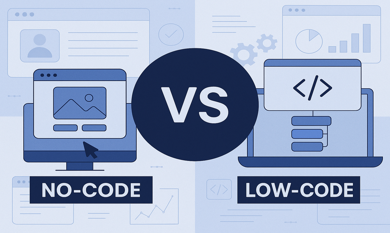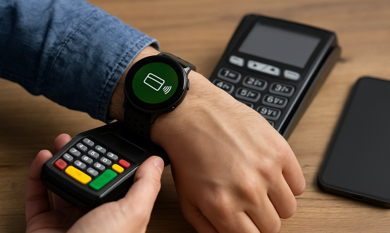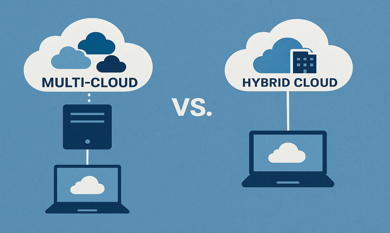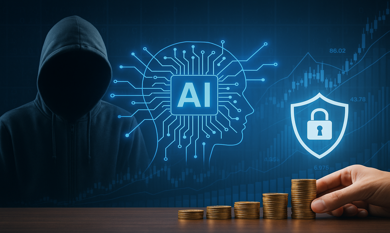The "Ghibli Effect" has recently emerged as a significant trend across social media, digital art, and even fashion. Inspired by the works of the iconic Studio Ghibli, this phenomenon has captured the imagination of artists, influencers, and environmentalists alike.
But what exactly is the Ghibli Effect? Where did it come from, and who are the true innovators behind it? More importantly, how is this trend influencing our environment? This article explores the Ghibli Effect in detail, from its origins to its far-reaching implications.
What is the Ghibli Effect?
The Ghibli Effect refers to the visual and thematic influence of Studio Ghibli films on contemporary media, lifestyle, and art. It encapsulates the dreamy, nature-infused aesthetics, whimsical storytelling, and nostalgic color palettes characteristic of the studio's movies. This effect can be seen in various digital artworks, social media posts, and even architectural designs that mimic the warm, hand-drawn, and nature-oriented look of Ghibli films.
In essence, the Ghibli Effect is about evoking emotion, tranquility, and a deep connection with nature. People are recreating Ghibli-inspired aesthetics through TikTok videos, Instagram reels, and illustrations that highlight enchanting landscapes, cozy homes, and fantastical creatures, much like the settings in My Neighbor Totoro, Spirited Away, and Howl’s Moving Castle.
How It Started
The origins of the Ghibli Effect can be traced back to Studio Ghibli’s immense influence on animation and storytelling. Founded in 1985 by Hayao Miyazaki, Isao Takahata, and Toshio Suzuki, Studio Ghibli became synonymous with artistic excellence in the world of animated cinema.
However, the trend truly gained momentum in the digital age. With platforms like TikTok and Instagram, artists and content creators began incorporating Ghibli-inspired visuals into their work. The trend initially started with digital artists replicating the animation style of Studio Ghibli in their drawings. Soon, influencers and photographers followed suit, using filters and color grading to make real-world scenes look like they were plucked straight from a Ghibli film.
During the COVID-19 pandemic, people sought escapism through nostalgic and comforting media. The tranquil and immersive worlds of Studio Ghibli films became a form of solace, leading to an explosion of Ghibli-inspired content on social media.
The Origin and Real Innovators
The true innovators behind the Ghibli Effect are none other than the legendary animators of Studio Ghibli. Hayao Miyazaki, the co-founder and primary creative force behind the studio, is renowned for his meticulous attention to detail, hand-drawn animation techniques, and love for nature.
Miyazaki’s storytelling emphasizes environmentalism, human connection, and fantasy elements that resonate across cultures. He pioneered the lush, picturesque landscapes seen in Princess Mononoke, Kiki’s Delivery Service, and Castle in the Sky, which have become hallmarks of the Ghibli Effect.
Another key figure is Isao Takahata, who directed films such as Grave of the Fireflies and The Tale of the Princess Kaguya. His unique storytelling approach and focus on human emotions have also contributed to the immersive quality associated with the Ghibli Effect.
How Did the Ghibli Effect Become a Trend?
1. The Nostalgia Factor
Studio Ghibli’s films like "Spirited Away," "My Neighbor Totoro," and "Princess Mononoke" have a timeless appeal. Their resurgence on streaming platforms led to a renewed interest in their artistic style.
2. AI-Powered Art Generators
The rise of AI tools like Midjourney, DALL·E, and Stable Diffusion allowed users to generate Ghibli-style digital art with simple text prompts. This made high-quality, painterly art accessible to a wider audience.
3. Social Media Virality
Platforms like Instagram, Twitter, and TikTok played a key role in spreading the trend. Users began sharing AI-generated images of famous places, modern cities, and pop culture reimagined in a Ghibli style.
4. Influence on Branding and Marketing
Brands and businesses started integrating Ghibli-inspired aesthetics into advertising, packaging, and product designs, fueling its popularity even further.
The Impact of the Ghibli Effect
The Ghibli Effect has influenced art, AI, technology, and even the environment. While it has many positive impacts, it also raises some challenges.
Positive Impact 🌟
✅ Reviving Interest in Hand-Drawn Animation
- The trend has rekindled appreciation for traditional animation techniques.
- More people are exploring hand-drawn and frame-by-frame animation.
✅ Democratizing Art & AI Creativity
- AI tools allow anyone to create beautiful Ghibli-style art, even without traditional art skills.
- This lowers barriers to creativity and makes digital art more inclusive.
✅ Boosting AI Innovation
- Demand for hand-drawn-like AI models has led to better AI-generated art techniques.
- Developers are improving AI’s ability to mimic traditional textures and brush strokes.
✅ Cultural and Commercial Growth
- More businesses are using Ghibli-style visuals in fashion, gaming, and design.
- Indie game developers and content creators are incorporating Ghibli aesthetics into storytelling.
Negative Impact ⚠️
❌ Copyright and AI Ethics Issues
- Many AI-generated Ghibli-style artworks closely imitate Ghibli’s unique aesthetic, raising intellectual property concerns.
- The debate over fair use and AI-generated imitations is ongoing.
❌ Threat to Traditional Artists
- The accessibility of AI-generated Ghibli-style art reduces demand for human illustrators.
- Artists fear that AI devalues the time and effort needed for hand-crafted animation.
❌ Over-Saturation of AI Art
- The internet is flooded with AI-generated Ghibli-style images, making it harder to differentiate real artistic effort from automated work.
❌ Loss of Human Emotion in Storytelling
- AI can mimic Ghibli’s art style, but it struggles to capture deep emotions and themes.
- AI-generated scripts lack the human warmth of Miyazaki’s storytelling.
Impact on Technology
The Ghibli Effect has had a significant impact on AI, digital art, and animation technology.
🔹 Advancements in AI Art Generation
- AI developers are working on better models to replicate painterly and hand-drawn techniques.
- AI is being trained to understand brush strokes, textures, and depth perception.
🔹 New AI Tools for Artists
- Many AI-assisted tools now blend human creativity with automation, allowing artists to refine AI-generated images.
- This has led to the rise of AI-powered digital painting assistants that preserve artistic integrity.
🔹 Increased GPU and Computing Demands
- AI-generated art requires high-performance GPUs, leading to increased demand for AI hardware.
- Cloud-based AI tools are expanding, reducing the need for expensive local computing power.
🔹 Inspiration for Video Games & Virtual Worlds
- The Ghibli aesthetic is influencing game development, AR, and VR experiences.
- Developers are using AI-enhanced techniques to create immersive worlds inspired by Ghibli landscapes.
Impact on the Environment 🌍
While the Ghibli Effect is mainly an artistic trend, its influence on AI and technology has notable environmental consequences.
🔹 Increased Energy Consumption
- AI-generated art relies on powerful servers that require vast amounts of energy.
- Training AI models for Ghibli-style art increases carbon footprints, especially for large-scale platforms.
🔹 E-Waste from AI Hardware
- High-performance GPUs used in AI development have short life cycles, contributing to e-waste.
- The production of AI chips and cloud infrastructure requires rare earth minerals, raising sustainability concerns.
🔹 Potential for AI-Powered Sustainable Animation
- AI could reduce the need for high-energy CGI rendering, making animation more energy efficient.
- AI-assisted tools might help reduce waste in film production, optimizing workflows for lower environmental impact.
Final Thoughts: The Future of the Ghibli Effect
The Ghibli Effect has reshaped digital art, AI technology, and creativity, but it also comes with ethical and environmental challenges.
Moving forward, the animation industry, AI developers, and digital artists will need to strike a balance between AI-powered efficiency and preserving artistic integrity. The challenge is to embrace AI’s creative potential while ensuring it supports artists; respects copyright and minimizes environmental harm.
In the end, while AI can replicate Ghibli’s visual beauty, the soul, heart, and magic of Miyazaki’s storytelling remain uniquely human.






















_Choosing%20the%20Right%20App%20Development%20Company_%20A%20Comprehensive%20Guide_Q1_24.jpg)
_Chatbots%20for%20Event%20Management%20and%20Hospitality%20Services_Q1_24.jpg)
_Best%20iOS%20App%20Development%20Company_%20Enhancing%20User%20Engagement%20with%20Push%20Notifications_Q2_24.jpg)
_Key%20Trends%20in%20Healthcare%20Software%20Development%20for%20the%20Future_Q2_24.jpg)
_How%20much%20does%20it%20cost%20to%20create%20an%20android%20app%20in%202024%20for%20Startups_%20A%20detailed%20guide_Q2_24.jpg)
_Integrating%20Chatbots%20Into%20Your%20Application.jpg)


_Enhancing%20Driver%20Safety%20and%20Compliance%20with%20Web%20Apps%20in%20the%20Logistics%20Sector_Q3_24.jpg)
_Web%20Apps%20for%20Retail%20and%20eCommerce_%20Streamlining%20Operations%20and%20Reducing%20Costs_Q3_24.jpg)
_How%20AI%20is%20Enhancing%20Construction%20Site%20Surveillance%20and%20Security%20in%20Dallas_Q3_24-1.jpg)
_The%20Impact%20of%20Cross-Platform%20Apps%20on%20Real%20Estate%20Market%20Trends%20in%20Dallas_Q3_24-1.jpg)
_Streamlining%20Appointment%20Scheduling%20with%20Cloud%20Computing%20in%20Dallas%20Healthcare_Q4_25.jpg)
_How%20Cloud%20Solutions%20Are%20Enhancing%20Remote%20Patient%20Monitoring%20in%20Healthcare_Q4_25.jpg)































.png)



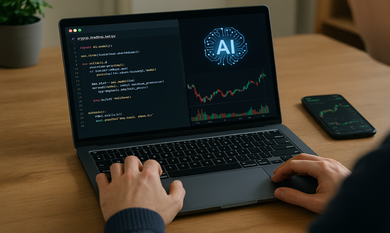
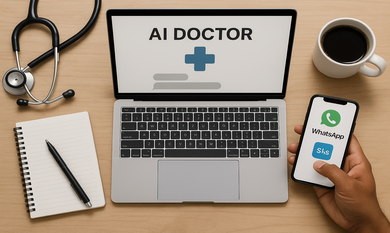
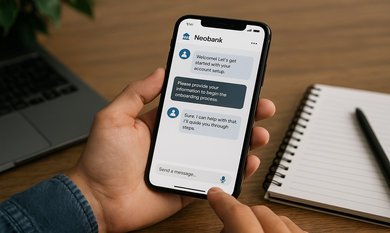
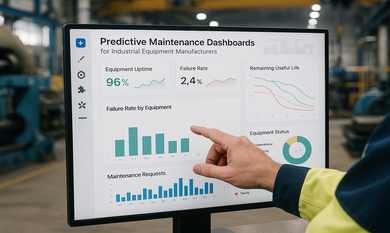

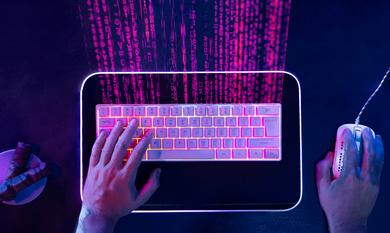
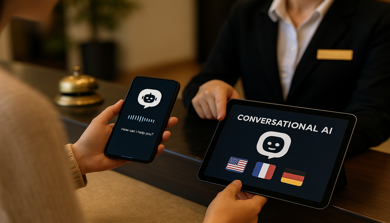
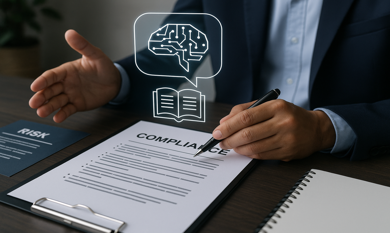
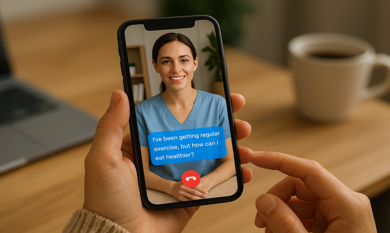
.png)
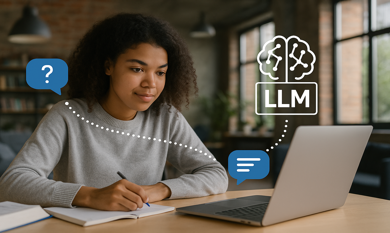
.png)
.png)
.png)
.png)


.png)
.png)
.png)
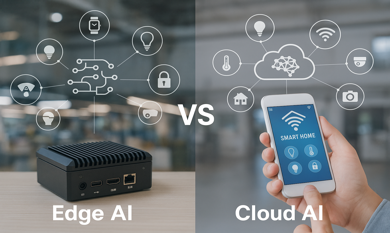
.png)



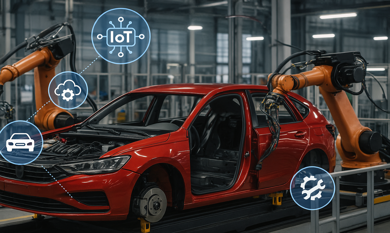

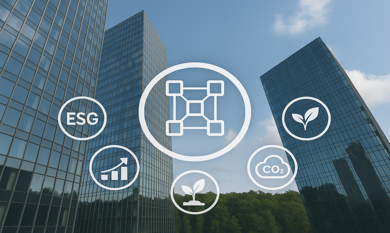
.png)
.png)
